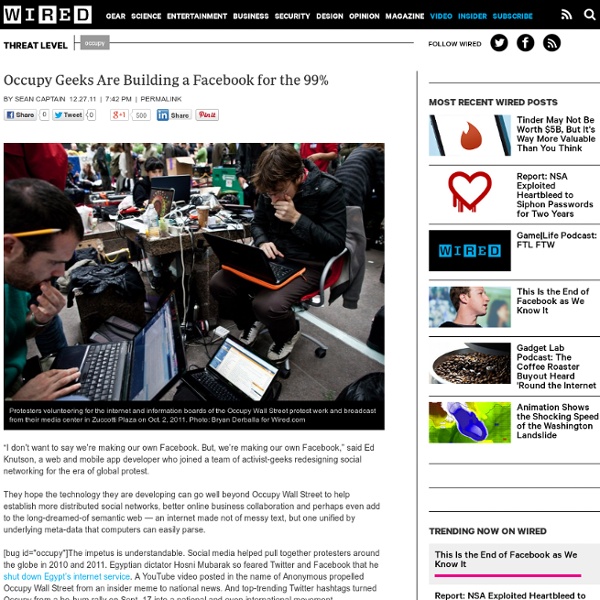How mobile phones are saving lives in Ghana
Mobile phone penetration in Africa has grown tremendously in the last decade. Between 1998 and 2010, the continent witnessed an increase from 0.53 per 100 people to 42.82 per 100 people. This increase in penetration has translated to improved economic growth for Africa. The mobile ecosystem contributed $75 billion to Africa’s GDP in 2013 and it is expected to grow to $104 billion by 2020. While impacting economic growth, mobile technology is also revolutionizing the future of healthcare by improving access in the continent, which is the home to nine of the ten worst healthcare systems in the world.
What's the worst part of depression? These Twitter users are speaking up.
Like most mental illness, depression is widely misunderstood by those who don't live with it. I, like tens of millions of others, live with depression. To me, one of the most challenging aspects of depression is the simple fact that most people — even the most well-meaning — won't really understand. And try as they might, they won't be able to help. One of my favorite illustrations of this comes from a comic by Robot Hugs. The comic imagines if people treated physical illness the way they often treat mental illness.
Perth artist Stelarc grows ear on his arm, plans to connect it to internet
Updated It has been 20 years in the making and involves the growth of a human organ, but for Perth-based artist Stelarc, it is just another project. The Curtin University professor is growing a human ear on his arm. "People's reactions range from bemusement to bewilderment to curiosity, but you don't really expect people to understand the art component of all of this," Stelarc said.
Computer Vision Syndrome and Digital Eye Strain
Section Editor: Gary Heiting, OD Like This Page? Please Share!
iDisorder - Dr. Larry Rosen - Research Psychologist and Educator
New York Times (May 13, 2012): “iDisorder” is a pleasant surprise — lean, thoughtful, clearly written and full of ideas and data you’ll want to throw into dinner-party conversation. Did you know that psychologists divide Twitter users into “informers,” those who pass along interesting facts, and “meformers,” those who pass along interesting facts about only themselves? Or that 70 percent of those who report heavily using mobile devices experience “phantom vibration syndrome,” which is what happens when your pocket buzzes and there’s no phone in your pocket? (I thought I was the only one.)
Trends in GPS/PNT User Equipment
“A Guide to Trends in GPS/PNT User Equipment” Presentation to the 11th Meeting of the PNT Advisory Board The following is an abbreviated transcript of Don Jewell’s briefing to the PNT Advisory Board at its meeting on Tuesday, May 7. The slides from Jewell’s briefing and the other briefings to the board are available at pnt.gov under the heading 11th PNTAB meeting. First, a prefatory note from Don Jewell:
Photogrammetry
Der vorliegende Bericht ist auch auf Deutsch, Französisch, Italienisch, Spanisch und Russisch erhältlich Authors: David Hughes, Peter Fricker, Alain Chapuis, E. Traversari, P.
ECHELON
ECHELON originally a code-name, is now used in global media and in popular culture to describe a signals intelligence (SIGINT) collection and analysis network operated on behalf of the five signatory nations to the UKUSA Security Agreement[1]—Australia, Canada, New Zealand, the United Kingdom, and the United States. Referred to by a number of other abbreviations, including AUSCANNZUKUS[1] and Five Eyes,[2][3][4] it has also been described as the only software system which controls the download and dissemination of the intercept of commercial satellite trunk communications.[5] It was created in the early 1960s to monitor the military and diplomatic communications of the Soviet Union and its Eastern Bloc allies during the Cold War, and was formally established in 1971.[6][7] By the end of the 20th century, the system referred to as "ECHELON" had evolved beyond its military/diplomatic origins, to also become "... a global system for the interception of private and commercial communications



